July 14, 2025
Understanding the Emotional Landscape of Autism
Autism Spectrum Disorder (ASD) profoundly influences how individuals process, recognize, and respond to emotions. This article delves into the neurobiological, sensory, and social factors that shape emotional experiences in autism, highlighting challenges and exploring strategies for support and intervention that can foster emotional understanding and regulation.
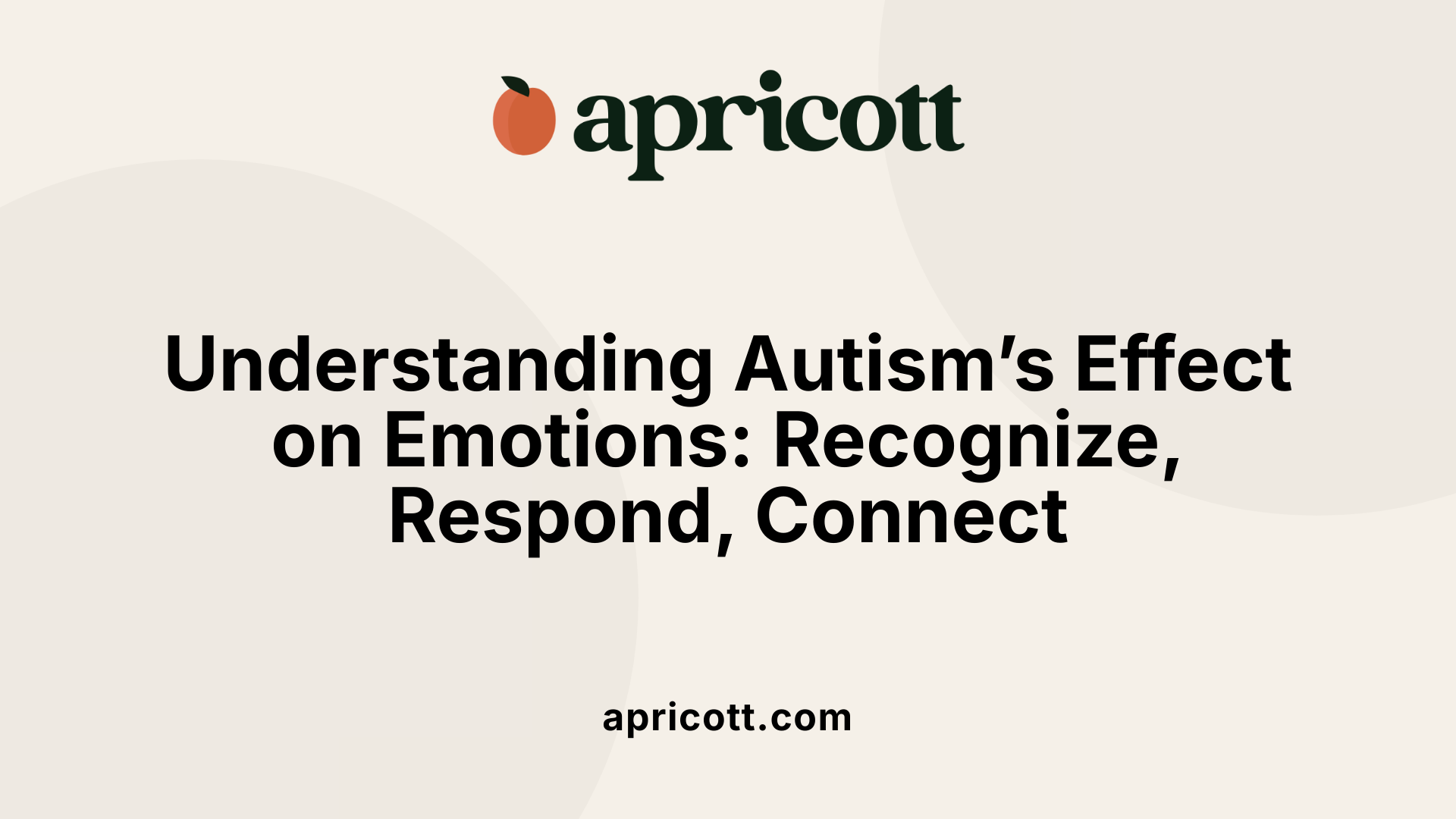
Autism can influence how emotions are processed, recognized, and expressed due to fundamental sensory processing differences. Many autistic individuals experience heightened or diminished sensitivities to internal sensations like interoception (body signals such as hunger, pain, or emotional feelings) and external stimuli, including sights, sounds, and tactile input. These sensory differences can make emotional reactions more intense or muted.
A common challenge faced by autistic people is alexithymia, a condition where they have difficulty identifying and describing their own emotions. About half of autistic individuals experience alexithymia, which can hinder emotional regulation and lead to misunderstandings both internally and socially.
These processing differences often result in delayed emotional responses. Autistic individuals might take hours or even days to understand what they are feeling, which can interfere with daily functioning and social interactions.
Furthermore, interpreting social cues such as facial expressions, tone of voice, and body language can be problematic. This difficulty sometimes manifests as an empathy divide, popularly discussed as 'The Double Empathy Problem.' This concept highlights how misunderstandings between autistic and non-autistic people stem from mutual differences in social and emotional communication styles.
Supporting strategies, including patience, validation, sensory accommodations, and targeted communication techniques, are essential. These approaches help autistic individuals better recognize, understand, and regulate their emotions, fostering more meaningful social connections.
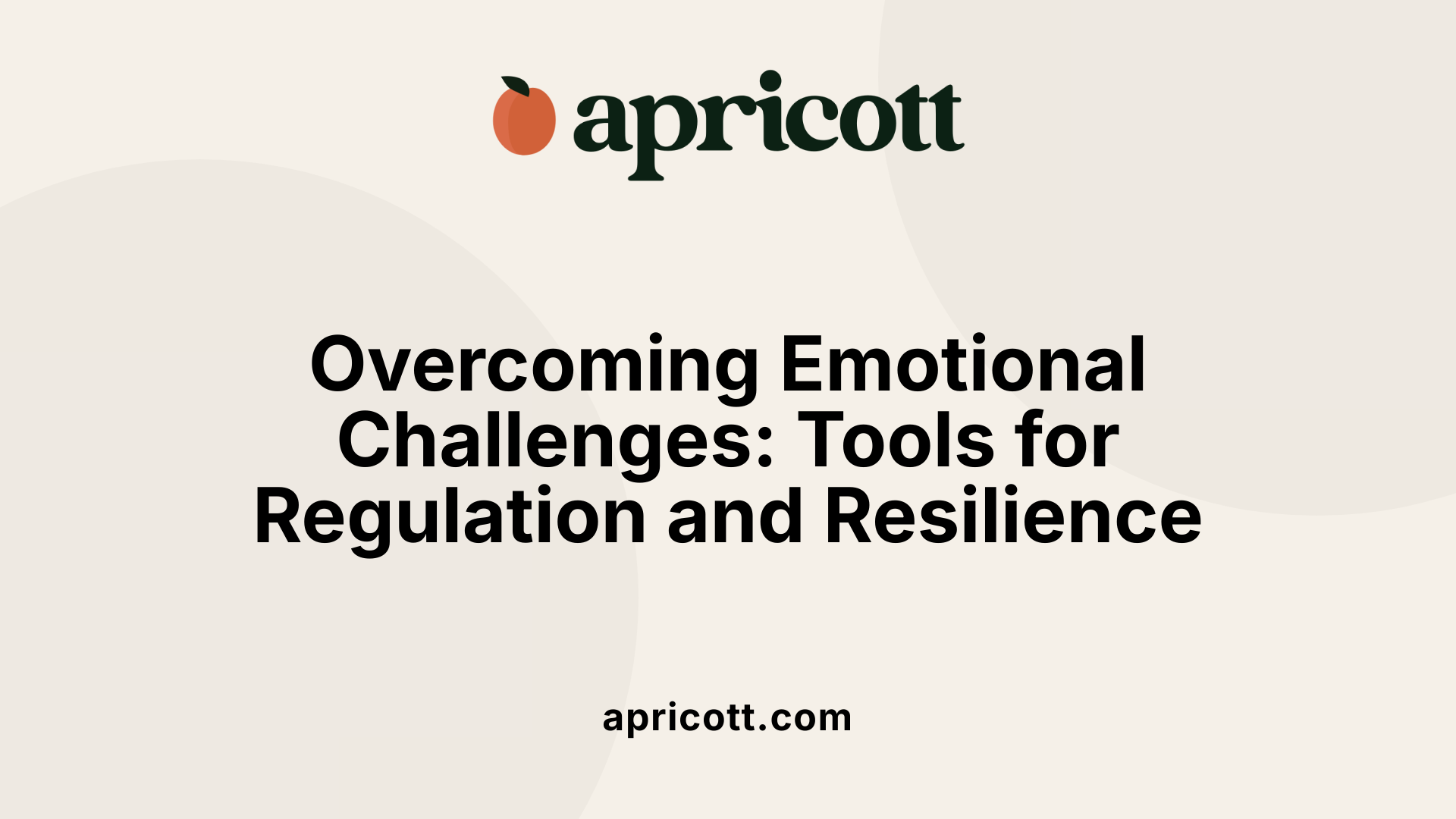
Individuals on the autism spectrum often find it difficult to manage and regulate their emotions effectively. These difficulties can lead to intense mood swings, rapid shifts in feelings, and sudden behavioral outbursts. Examples include meltdowns, where emotions become overwhelming, and shutdowns, where individuals withdraw or become non-responsive.
One prominent factor contributing to these challenges is alexithymia—the difficulty in identifying, understanding, and describing one's own emotions. About half of autistic people experience this condition, which complicates their ability to recognize early signs of emotional distress and respond appropriately.
Sensory sensitivities varying from hypersensitivity to tactile, auditory, or visual stimuli can also act as triggers. Overwhelming sensory input may cause emotional overload, leading to reactive behaviors like self-injury, stereotypic movements, or withdrawal.
Social communication challenges further exacerbate emotional regulation issues. Difficulty interpreting facial expressions, tone of voice, or body language can create misunderstandings, increase frustration, and contribute to feelings of isolation.
Changes in routines or environments, as well as uncertainty and unpredictability, often act as triggers for emotional overwhelm. Such triggers can induce anxiety, further impairing the ability to self-regulate.
These ongoing struggles with emotional control are linked with higher incidences of anxiety and depression among autistic individuals, significantly impacting their mental health and day-to-day functioning.
There are various strategies that can support better emotional regulation. Therapeutic approaches such as cognitive-behavioral therapy (CBT) and mindfulness practices aim to develop emotional awareness and coping skills. Creating structured routines, using visual supports, and teaching calming techniques like deep breathing or sensory breaks are also effective.
Building strong support networks and fostering patience and understanding from caregivers and educators are essential to help autistic individuals navigate their emotional worlds more successfully. With targeted interventions and personalized strategies, many autistic people can improve their emotional regulation skills, leading to better social interactions and overall well-being.
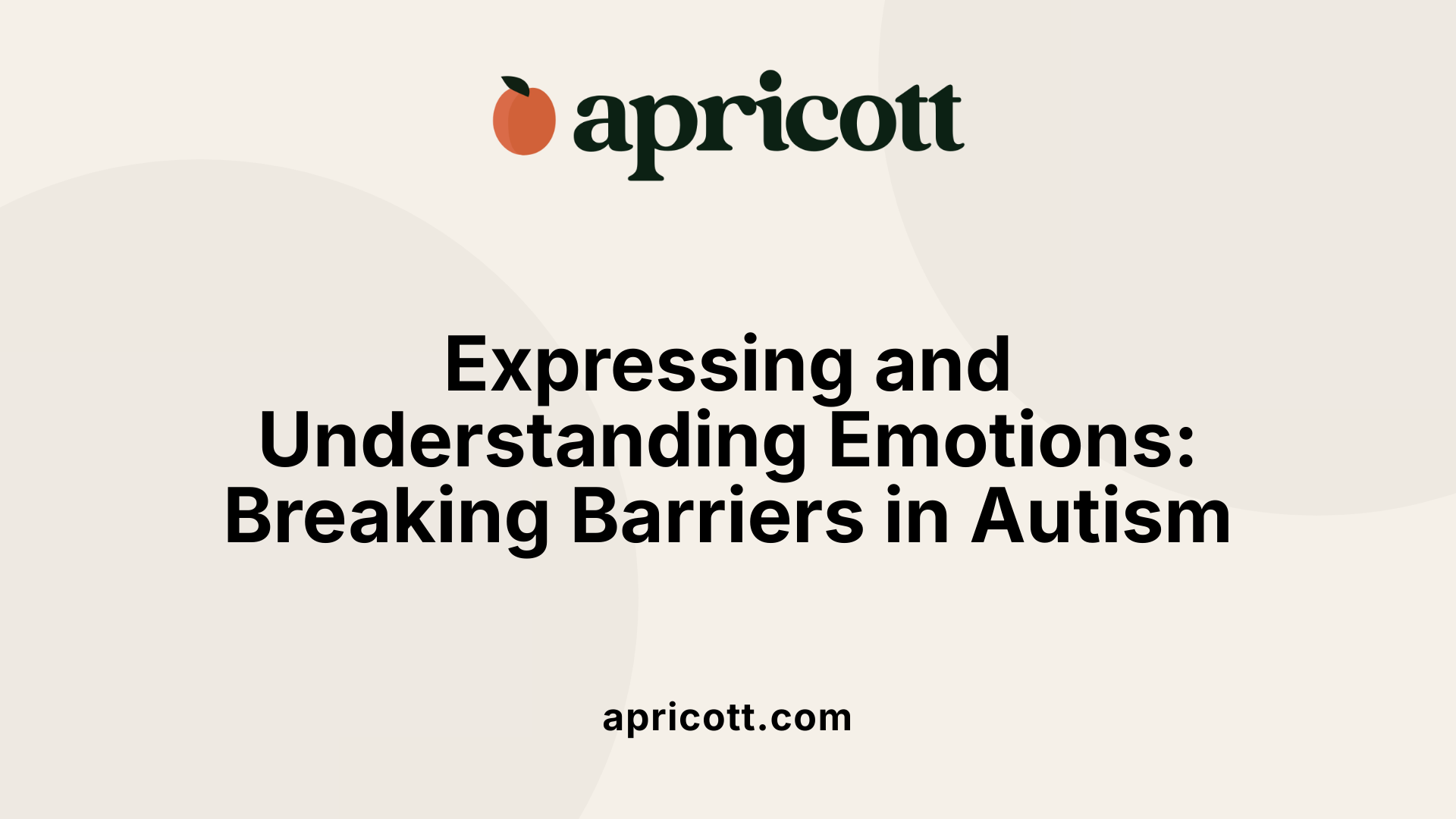
Autistic individuals often experience notable differences in how they perceive and communicate emotions. These differences are influenced by sensory processing variations, which can make detecting and interpreting emotional cues more challenging. For example, many autistic individuals struggle with recognizing facial expressions and body language, which are vital tools for understanding others’ feelings.
In addition to these visual cues, some autistic people display a flat affect—meaning they show fewer outward signs of emotion, such as limited facial expressions or gestures. This reduced expressiveness can make social interactions more difficult, as others might find it hard to gauge their emotional states.
A significant factor contributing to these challenges is alexithymia, a condition where individuals find it hard to identify and describe their own feelings. About half of autistic individuals have alexithymia, leading to difficulties not only in personal emotional awareness but also in sharing emotions with others, which can hinder relational development.
Despite these hurdles, research indicates that emotional responses to music tend to be preserved or even superior in individuals with autism. Music activates similar neural pathways involved in social and emotional processing and often elicits strong emotional reactions, making it an effective therapeutic tool.
Support strategies include providing patience and validation, using visual aids like emotion cards or social stories, and encouraging emotional expression through music and other creative activities. These approaches help autistic individuals recognize and articulate their feelings, fostering better social communication.
Overall, while autism presents challenges in emotional awareness and expression, leveraging strengths such as musical perception can open pathways to emotional growth and social connectedness.
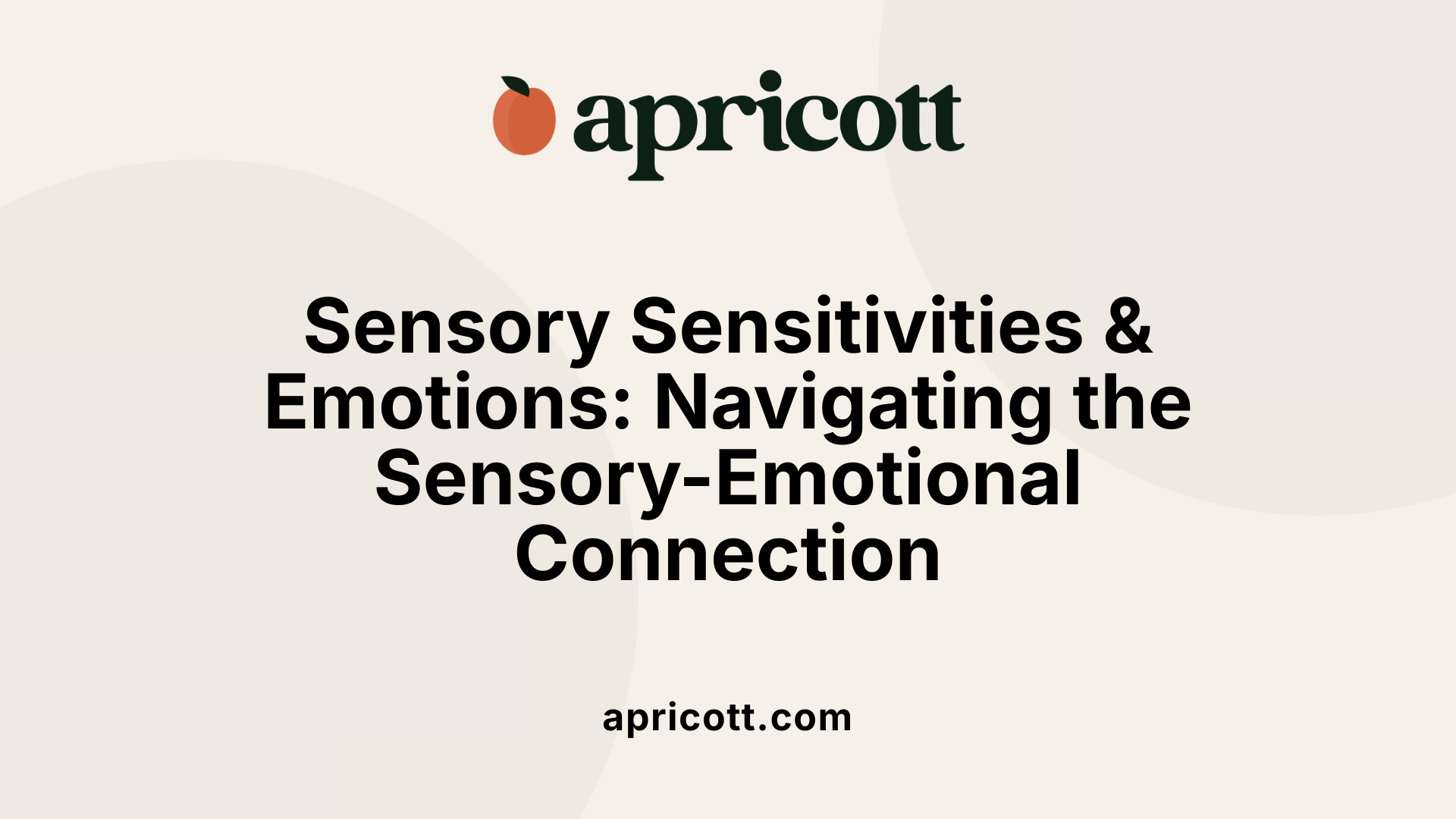
Sensory sensitivities are a defining aspect of how many autistic individuals experience their environment and internal states. These sensitivities include hyper- or hypo-reactivity to sensory stimuli, such as sounds, textures, lights, or tastes, which can dramatically influence emotional responses.
For instance, heightened tactile sensitivity can make certain fabrics or physical contact overwhelming, leading to feelings of frustration or anxiety. Similarly, altered interoception—the sense that provides awareness of internal body signals like hunger, pain, or emotional states—can impair emotional understanding and regulation.
When individuals are overly sensitive, they might react strongly to stimuli that others find tolerable, resulting in emotional outbursts or withdrawal. Conversely, under-responsiveness can lead to a lack of emotional awareness or indifference, which can also cause stress or confusion.
Furthermore, difficulties in perceiving internal sensations such as pain or emotional cues can hinder the ability to recognize and respond to one’s own feelings properly. This can increase feelings of being overwhelmed or misunderstood, fueling anxiety or behavioral challenges.
Supporting autistic individuals involves tailored strategies to manage sensory sensitivities effectively.
By adopting such approaches, autistic individuals can better navigate their sensory world, leading to improved emotional well-being, reduced anxiety, and more effective self-regulation.
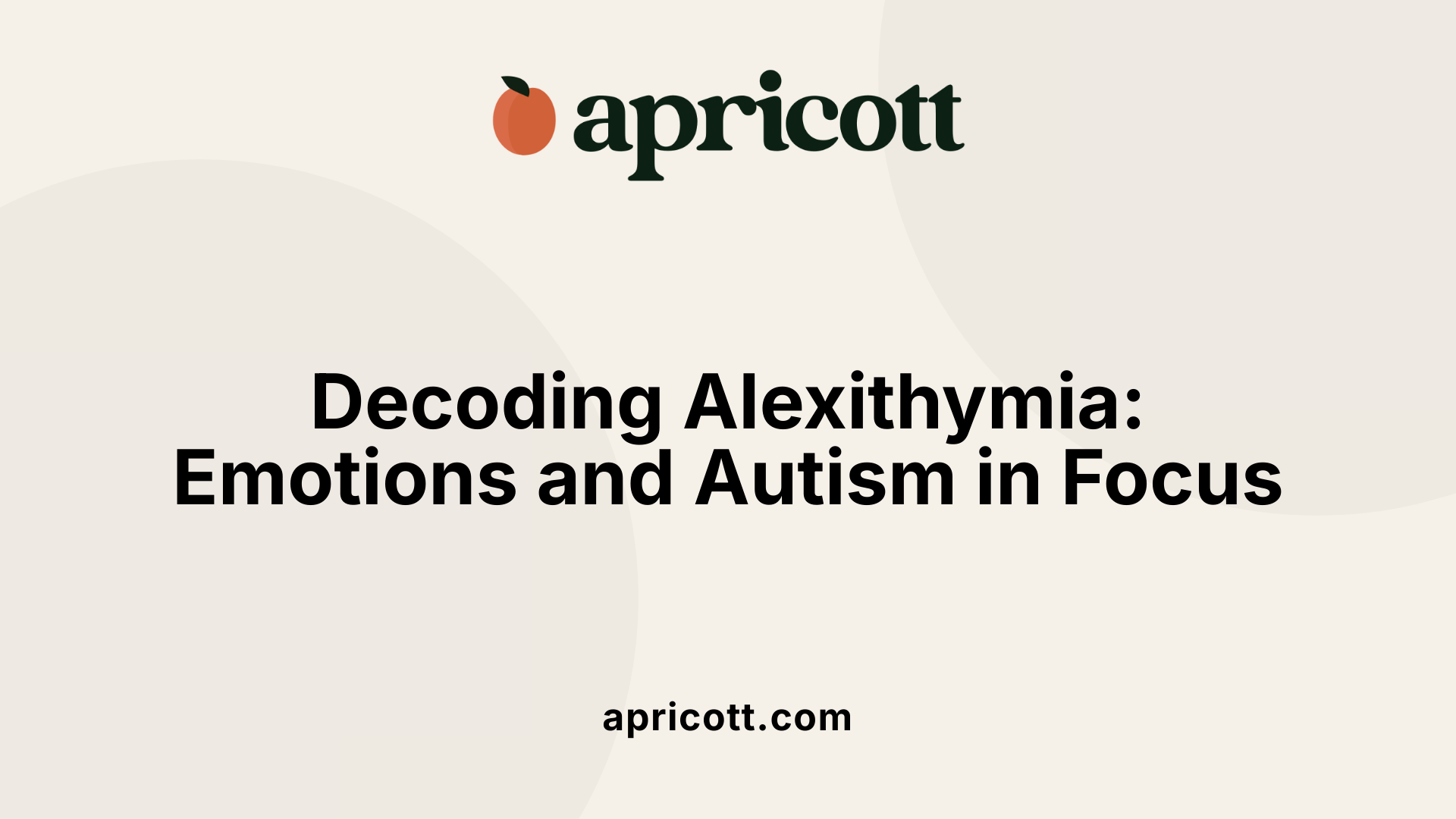
Alexithymia is a condition where individuals find it difficult to recognize, describe, and understand their own emotions. They may struggle to distinguish between physical sensations like a racing heart or stomach upset and emotional states, making emotional awareness challenging.
In autism, the prevalence of alexithymia is notably high. Research suggests that about half to over 50% of autistic individuals also experience alexithymia. This significant overlap means that many of the emotional and social difficulties seen in autism—such as challenges with empathy, emotion recognition, and emotional regulation—are closely tied to co-occurring alexithymia.
A core factor linking autism and alexithymia is impaired interoception, the sense responsible for perceiving internal bodily signals. When interoception is affected, individuals may have trouble sensing physical cues related to their emotions, which hampers emotional self-awareness.
Moreover, alexithymia can worsen mental health issues like anxiety and depression. Difficulty identifying emotions often leads to heightened distress and makes emotion regulation more complex. Recognizing the presence of alexithymia in autistic individuals can guide targeted interventions aiming to improve emotional understanding and social functioning.
By focusing on both autism and alexithymia, support strategies can be more tailored, helping individuals better manage their feelings and engage more effectively with others.
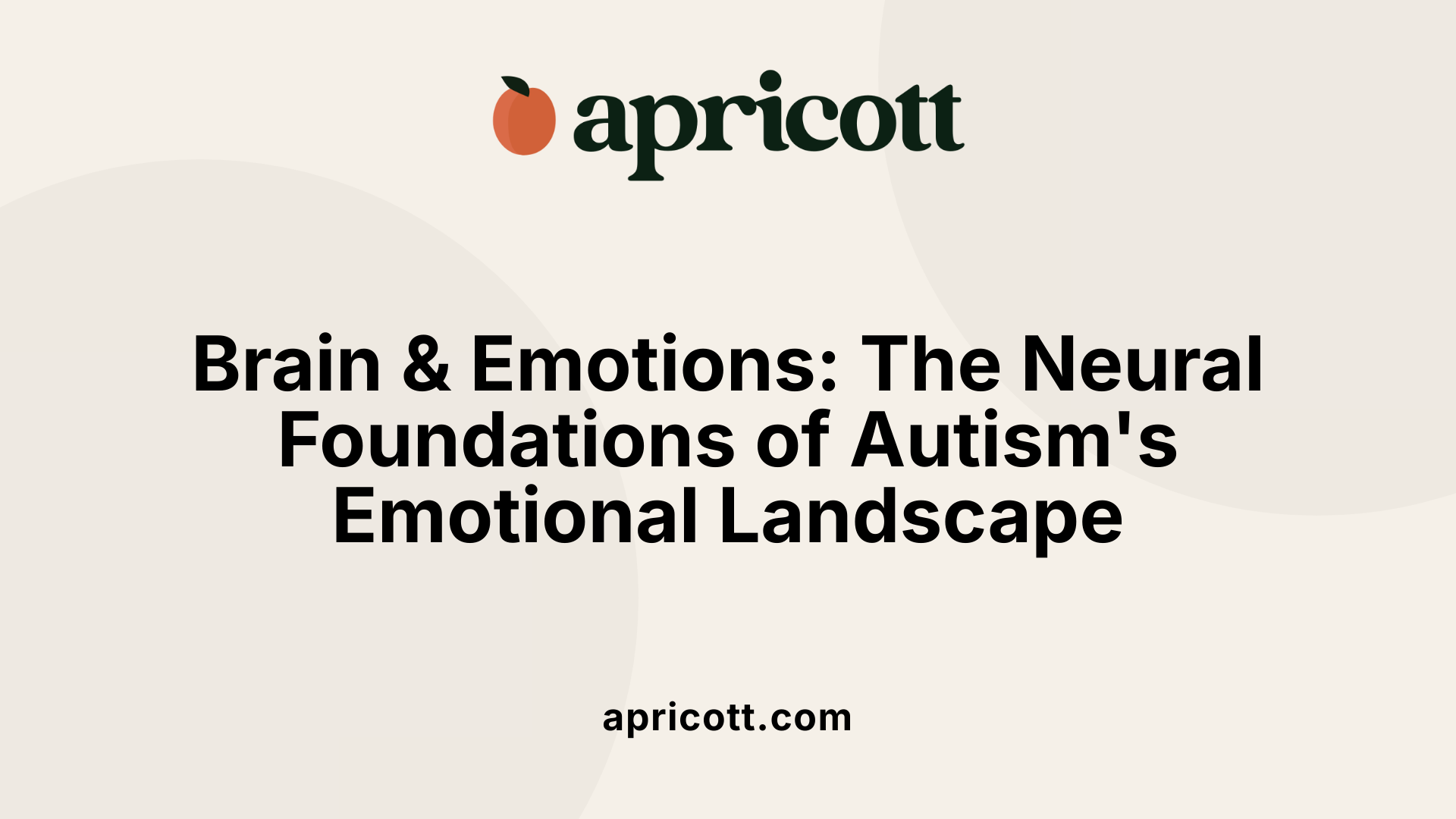
Emotional processing in autistic individuals is deeply influenced by the functioning of specific brain regions responsible for emotion recognition, regulation, and social understanding. Key areas involved include the amygdala, prefrontal cortex, insula, anterior cingulate cortex, and nucleus accumbens.
Research indicates that in autism, these regions often exhibit atypical activity and connectivity. For example, the amygdala, a core structure in processing emotions such as fear and anger, tends to show reduced activation during emotional tasks, which can impair the recognition and response to both negative and positive emotions.
The prefrontal cortex, particularly the dorsolateral prefrontal cortex, plays a crucial role in emotion regulation and cognitive control. Studies reveal decreased activity in this area among individuals with ASD during emotion regulation tasks, suggesting difficulties in managing emotional responses.
Additionally, the insula and anterior cingulate cortex, which contribute to interoception (body awareness) and emotional awareness, often display irregular activity in autistic brains. These anomalies can affect how internal sensations and feelings are perceived and integrated.
Connectivity patterns between these regions are also altered in autism. There is often reduced synchronization between limbic areas like the amygdala and the prefrontal cortex, impairing the ability to modulate emotional reactions effectively. This disconnection hampers the development of social skills and can lead to heightened emotional reactivity.
Furthermore, abnormalities in the activation of socio-affective and reward-related systems, such as the nucleus accumbens, influence how autistic individuals experience and respond to social stimuli, especially when processing positive emotions and social rewards.
Some regions involved in salience detection and emotional arousal, including parts of the salience network, may remain hyperactive, contributing to persistent negative emotional states and heightened sensitivity to emotional stimuli.
These neural differences help explain the diverse emotional responses observed in autism, such as emotional hypo-reactivity in some settings or intense emotional reactions in others. Understanding these mechanisms offers valuable insights for developing targeted therapies aimed at improving emotion recognition, regulation, and social functioning in autistic individuals.
| Brain Region | Typical Role | Alterations in Autism | Impact on Emotional Processing |
|---|---|---|---|
| Amygdala | Detects threat/emotional stimuli | Reduced activation | Difficulties recognizing fear, anger, or joy |
| Prefrontal Cortex | Regulates emotions, decision-making | Decreased activity in regulation tasks | Challenges in emotion modulation |
| Insula | Awareness of internal states | Irregular activity | Impaired interoception and emotional awareness |
| Anterior Cingulate Cortex | Processing social/emotional cues | Abnormal connectivity | Reduced empathy, increased emotional reactivity |
| Nucleus Accumbens | Reward, social motivation | Altered activation | Atypical responses to social rewards |
These neural characteristics highlight the biological basis for many emotional and social challenges faced in autism, underscoring the importance of tailored interventions that consider brain function and connectivity.
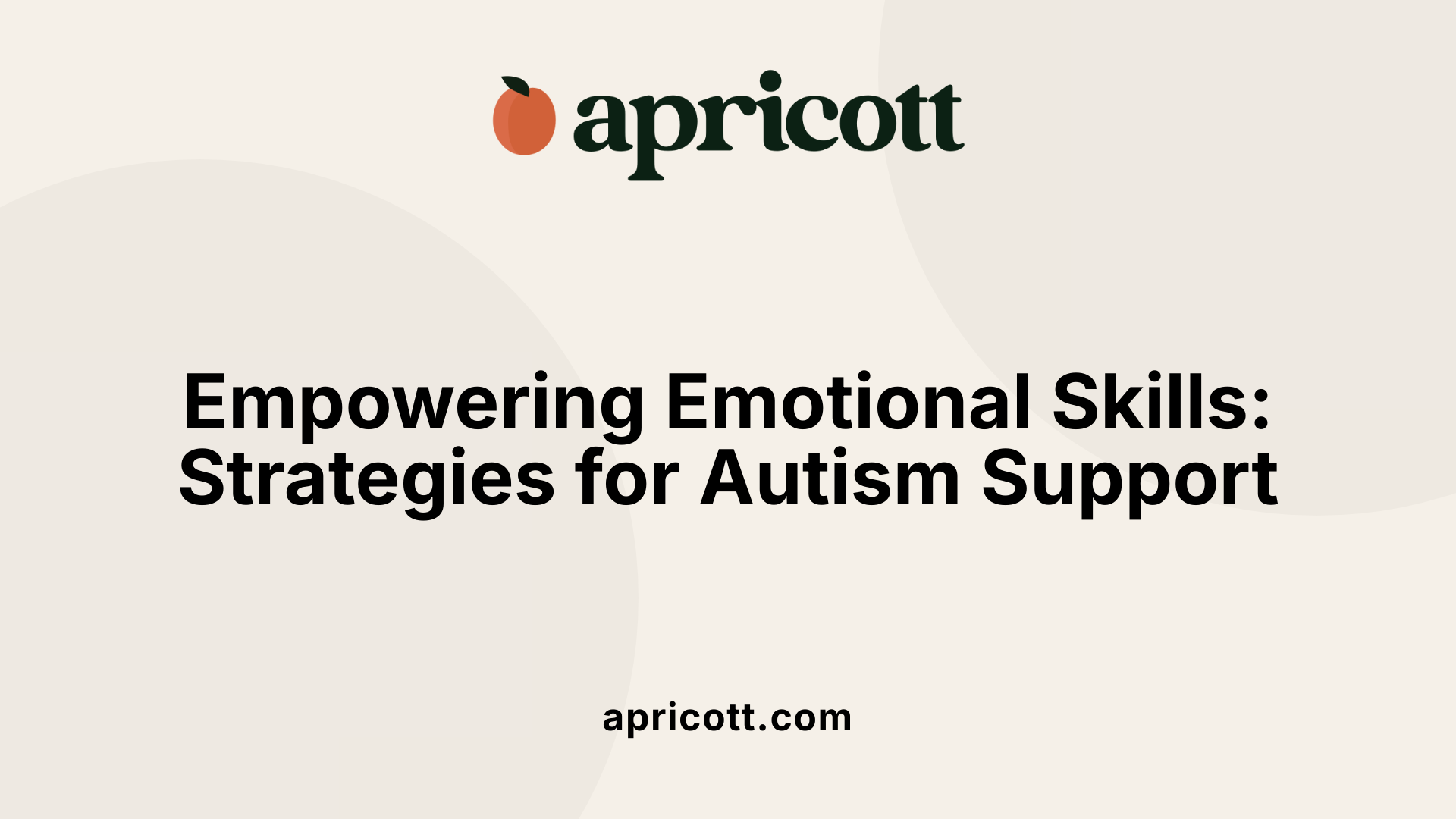
Helping autistic individuals manage their emotions involves several practical strategies and evidence-based therapies. Visual aids like emotion cards, social stories, and the Incredible Five Point Scale are effective tools for teaching recognition and labeling of feelings. These tools visually outline different emotional states, helping individuals understand and communicate their feelings more clearly.
Behavioral strategies are also essential. Calm-down kits, which include sensory tools such as fidget toys, weighted blankets, and calming scents, can help reduce overwhelm and promote self-regulation. Establishing predictable routines and providing access to sensory-friendly spaces enable autistic individuals to feel secure, reducing emotional outbursts triggered by sensory overload or uncertainty.
In addition to these supportive techniques, therapies like cognitive-behavioral therapy (CBT) are adapted to assist with emotional insight and regulation. CBT helps individuals understand the connection between thoughts, feelings, and behaviors, providing tools to challenge negative patterns. Mindfulness practices, which encourage present-moment awareness, can help manage anxiety and improve emotional resilience.
Supporting emotional understanding is further enhanced through patience, validation, and emphasizing a supportive environment where responses are consistent and empathetic. Teaching self-soothing techniques and recognizing emotional cues from others fosters social skills and emotional independence.
Research indicates that these interventions, when tailored to individual needs, can significantly improve emotional regulation and social functioning. A combination of visual aids, sensory support, behavioral strategies, and skilled therapeutic input creates a comprehensive approach that empowers autistic individuals to navigate their emotional worlds more effectively.
Understanding the intricate ways in which autism influences emotional processing, recognition, and regulation is essential for fostering empathy, support, and effective intervention. By considering neurobiological, sensory, and social factors, caregivers, educators, and clinicians can develop tailored strategies that respect individual differences and leverage strengths such as musical and sensory processing. Empowering autistic individuals with tools for emotional awareness, regulation, and expression enhances their ability to form meaningful relationships and achieve mental well-being. Continued research and compassionate support are vital in bridging the empathy gap and nurturing emotional growth, ultimately enriching the lives of those on the autism spectrum.